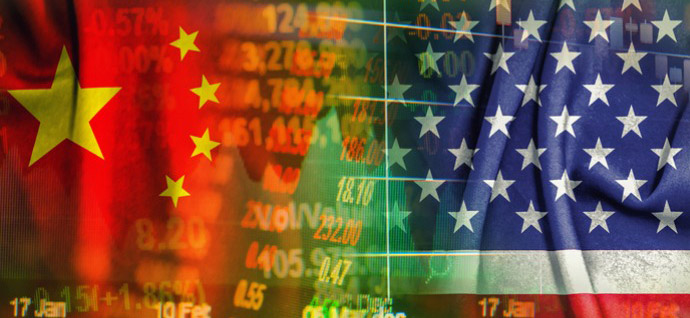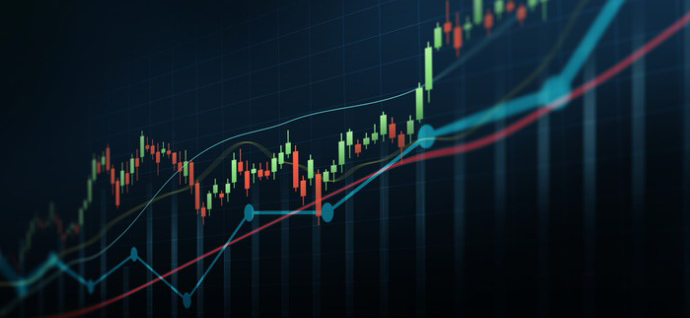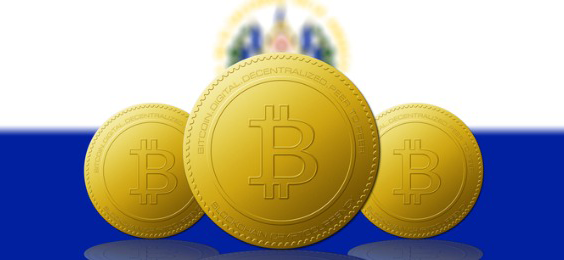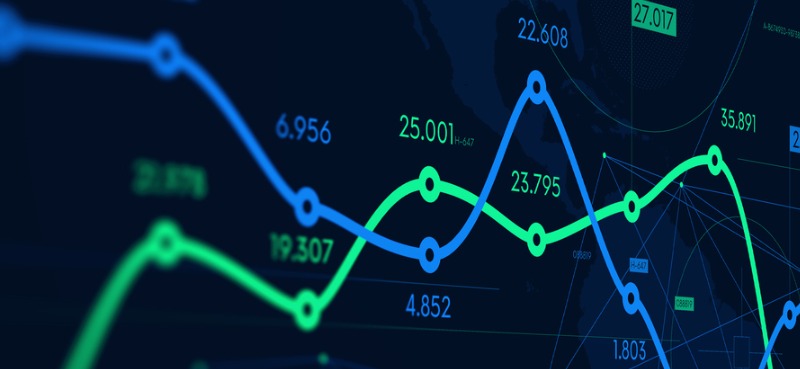
It’s called the “Internet of Everything” (IoE). It brings together people, process, data and things (devices).
This connectivity provides valuable information that can help businesses, people and countries save more time, be more productive, and ultimately — generate more profits.
IoE is not an easy thing to grasp. After all, there are many subsets inside this global trend. And each of these subsets can be described as its own megatrend.
One of these subsets is called “Big Data.”
I suggest you get familiar with this term. It’s one of the few areas in technology where investors can easily seen triple-digit returns in the short term.
Let me explain…
Big Data is the process of using advanced tools to analyze and interpret massive amounts of data. The goal is to use this past data to predict human behavior and interactions.
This is extremely valuable information to EVERY company in the world. Imagine being able to know the exact time and date someone will be entering your store… what this person plans to buy… or how much this person is willing to spend…
I admit… when it comes to Big Data I was an early skeptic.
That was before retailer Target (TGT) got in trouble for sending coupons for baby clothes and nursery furniture to a teenage girl. The father drove to the local Target and complained to the manager.
Two weeks later, the father called Target to apologize. After a long talk with his teenage daughter, he found out she was indeed pregnant.
Not only was Target able to predict the teenager was pregnant … but they also forecasted what month the girl was likely to deliver her baby.
This story took place in 2011. Since then, the amount of data available to companies has exploded.
In fact, global Internet traffic over the past 4 years quadrupled. We have now surpassed one zettabyte.
One zettabyte is equal to more than 900 million terrabytes. For non-technology experts, here’s a better way to look at it… one zettabyte is the equivalent of stacking a bunch of books from Earth all the way to Pluto — 20 times!
And Internet traffic is expected to quadruple again over the next five years, according to intelligence analytical firm IDC.
This traffic is opening up a huge opportunity for companies that can analyze and process this data.
In short, there is huge money to be made for companies that are able to analyze past information — to predict future spending patterns.
Companies leading the charge in Big Data are IBM (IBM), Oracle (ORCL) and Hewlett-Packard(HPQ). But these companies have huge businesses outside of Big Data that are struggling to grow.
In other words, even if these companies generate billions of dollars from Big Data, you’re not likely to see this reflect in their stock price.
Better plays in the space include Tableau Software (DATA) and Qlik Technologies (QLIK). They receive most of their revenue from data analytics.
These stocks may look expensive at first glance… but according to multinational consulting firm McKinsey & Co., “Big Data services enabled by personal-location data can allow consumers to capture $600 billion in economic surplus.”
That provides a massive growth opportunity for these names. Plus, growth companies like Apple (AAPL), Netflix (NFLX) and Celgene (CELG)were trading at similar valuations early on in their growth trends. In fact, these stocks traded between 64 times and 188 times earnings in 2004.
Today, they are industry leading giants and made investors a small fortune.
My advice is to take a closer look at Big Data companies. This trend is still in its infancy. And investing in the right names could lead to 100% returns or more for investors.
Good Investing,
Frank Curzio




















